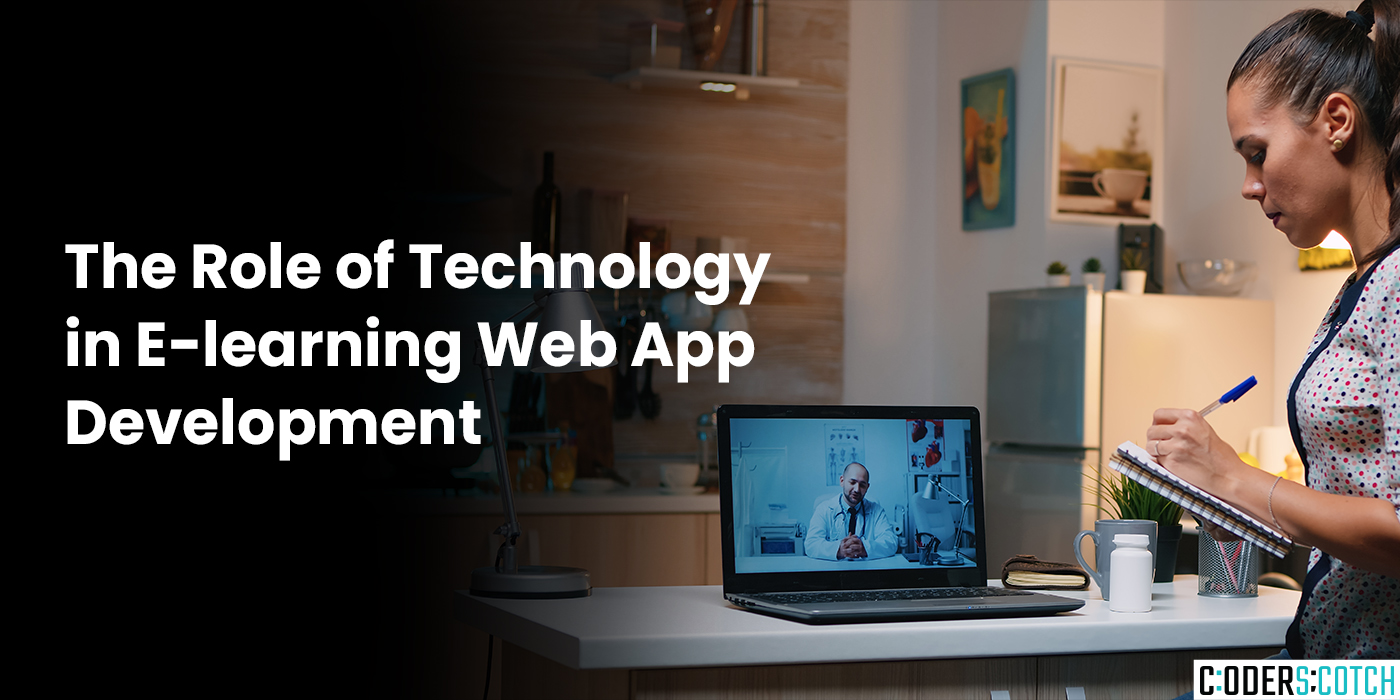Unleash the power of top php development framework, Laravel, to build fast, secure, and scalable web applications. Partner with CoderScotch in Europe to digitize your business.
OR
Leverage the scalability of a framework that holds a whopping 8% market share. Trust CoderScotch to build faster, secure, and scalable applications with Laravel.
Scale Fast. Grow Faster.
At CoderScotch, our expert developers are well-versed with the Laravel php framework. If you are based in Europe, you can bank on our expertise to build scalable Laravel-based web applications. Over the years, we have had the experience and skills of building web applications for a variety of industries, but education and ecommerce are our strong exposure.
Our Premium Laravel Development Services
We are renowned for offering top-class Laravel development services in Europe. Our Laravel experts are skilled in MVC architecture, Ajax proficiency, and built-in Laravel CLI tools. As a top Laravel development company, we help our clients solve their challenges and build scalable web apps and software solutions. What’s more, we hold the capability and skills to build your project from scratch or work on its maintenance and support.
Laravel Enterprise Development
Unleash the state-of-the-art tools of Laravel framework to build enterprise applications that scale and help you prosper as you grow.
Laravel RESTful API Development
Bank on CoderScotch’s team to build RESTful solutions with the help of Laravel API generator packages and let your business expand globally.
Laravel CRM Development
Develop fully-functional and secure CRM softwares with Laravel framework to enable your sales pipeline and witness unprecedented growth.
Laravel eCommerce Development
Harness the robustness and security of Laravel to build eCommerce web applications with intuitive user experience, great performance, and enhanced security.
Laravel Maintenance and Support
Continuously innovate and scale with our Laravel maintenance/ support services to address underperforming issues and troubleshooting security challenges.
Our Web Application Development Process
We execute sprint-based Agile Development.
01. Analysis
Requirement analysis is the first step of our process. Ideally, we start by laying the first stone by understanding your business needs and challenges. This also includes evaluating project features, story-boarding the idea, and establishing the right team.
02. Design
Our design team will construct low-fidelity wire-frames to showcase the user workflow of your project. Our wire-frames are enough to give you an idea of how the project would look like. Our design process focuses on fixing the problems early on and with few user clicks.
03. Develop
Our coders will be involved in your project. They work within sprints where each sprint starts on day 1 and ends on day X. We bring the right mix of the tech stacks and engineers to chalk-out the scalable architecture for your project.
04. Test & Deliver
We believe in vigorous testing rather than unearthing the smaller bugs at a time. Our application testers will ensure that your project is working properly and your users will use it without any hesitation.
Why Choose CoderScotch over others?
At CoderScotch, we don’t believe and work with a typical outsourcing company mindset. A majority of IT outsourcing companies overinvest their resources, only to make the billing cycle look bigger in the longer run. We, on the other hand, are willing to maintain harmony and transparency for every resource and investment we make for you. Our strict adherence to confidentiality, security, and identity are what makes us different from other companies.
- Scalable recruitment process: We choose and vet developers on the basis of their skills, not identity. We hire and train resources in-house so that you can focus on your business.
- Certified Laravel developers:Our Laravel developers are people who have good experience and certification required for building web applications.
- Dedicated Project manager: We believe in 100% transparency, hence we incorporate a customer success manager dedicated to your project completely.
- Client Satisfaction:When our clients work with us, they tend to stick with us even in the future. We have a good client satisfaction rate.
Solutions for Diverse Industries
Our proven experience, skills, and expertise with our clients made us offer tailored solutions to help them overcome industry-specific challenges.
FAQ’s
Can Laravel be used to build web applications that scale?
Yes, Laravel is a scalable framework. It possesses built-in support for cloud-storage, caching, and session drivers. What’s more, it comes with a robust and highly secure structure for API building. Here’s why Laravel can assist developers building enterprise-based web applications.
Will I be charged for using the Laravel framework on my Project?
No, Laravel is a Free and Open-source framework. There’s almost negligible restrictions for using the best of in-built features of Laravel. Since it’s open-source, you can use it for your project with no additional licensing costs.
Is the Laravel framework secure?
Since the development community of Laravel is large and active, any security issue that compromises the confidentiality of the project can be solved within a few hours. Just like every trusted framework, Laravel has a complete documentation for security implementation and best practices.
What is the difference between PHP and Laravel?
PHP is a server-side scripting library and Laravel is a php-based backend framework.
What is the average time taken by CoderScotch devs to build web applications with Laravel?
Honestly, it’s completely dependent on Project complexity and number of features to work upon. Our Laravel developers work within sprints to complete projects as quickly as possible.
Do you have a project or need consultations? Click Here


